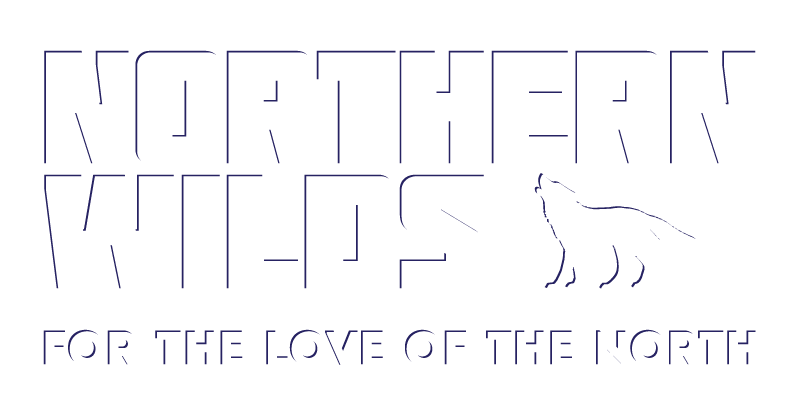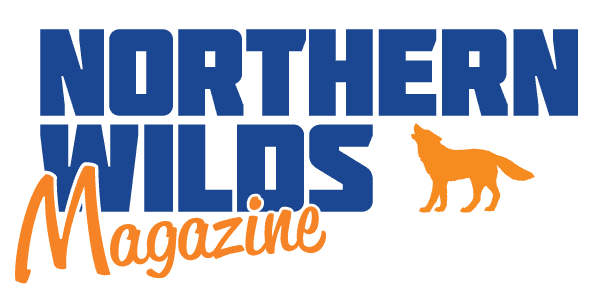Quetico Provincial Park is Ontario’s lesser-known, but no less-impressive twin to Minnesota’s Boundary Waters Canoe Area Wilderness. Like most twins, these two giant parks are quite alike for the most part. They are both wilderness areas with thousands of lakes, incredible camping, pristine water, and abundant fish and wildlife (and the same swarms of mosquitoes). Yet they contain some startling differences as well. So, is it worth making the longer trip across the border for American paddlers who already have favorite haunts in the BWCAW? I went last July with my wife and daughters to Quetico’s majestic Pickerel Lake to find the answer. Here’s our guide on Quetico Park’s differences to the BWCAW, and how to turn them into advantages.
Difference #1: Quetico permits are easier to get. No need to get in an online queue at 9 a.m. on the last Wednesday in January to reserve a permit for a trip you’re not going to take for half a year, the way BWCAW paddlers do. Quetico permitting feels more flexible, the way I want a vacation to be. I reserved our permit just three weeks before our trip, for the Fourth of July weekend (Canadians also celebrate Canada Day the same week—on July 1). Yet there were still plenty of permits available for the popular French Lake entry point. Go figure! Less stress, more enjoyment.
Difference #2: Enter a foreign country. Towing two canoes from Duluth, we split our six-hour drive to the north end of the park over two days, so we could add stops in Thunder Bay and Atikokan on our way. We left after work on day 1 and made it to a friend’s house in Grand Marais for the night. On day 2 we crossed the border at Pigeon River, drove through beautiful farm country on the Canadian side, then treated ourselves in Thunder Bay to our favorite store (Chaltrek), and our favorite café (Macao Imperial Tea). That little stop in the capital of Northwest Ontario gives the trip its Canadian flavor, eh? We still had time to stop in Atikokan at Souris River Canoes for local color, and stock up on Canadian groceries at Atikokan Foodland.

Difference #3: We picked up our canoe camping permit that same afternoon at the excellent Dawson Trail Ranger Station on French Lake, about 30 miles east of Atikokan. We got to learn the park rules from real people, not a video, like at Boundary Waters permitting stations. It was a more interactive and inviting way to enter the park—the young rangers got us pumped for our trip. There’s also a special little store at Dawson Trail Ranger Station for last-minute camping items, and local artisan products.
We finally launched. I was feeling the voyageur spirit already as we crossed French Lake and headed down the lazy Pickerel River to mighty Pickerel Lake. The river instantly transported us to a calm, relaxed state as the sun set on a great day. “The Pines”—a famed beach campsite on yellow sand surrounded by red and white pines—is an obligatory stop on Pickerel, and we checked it out before continuing our way west. “The Pines” has multiple hand-crafted stone campfire hearths, and space for dozens of tents. Which brings us to the next difference.
Difference #4: You aren’t restricted to designated campsites in Quetico. You can set up a tent anywhere you please—even on the incredible sand beaches of Pickerel Lake. This felt like freedom to us. Of course, there are obvious places where people have camped for millennia, and these “sites” are marked on Quetico maps. But there’s also more room for creativity and contingency, if your original campsite intentions are thwarted by bad weather or high winds. That said, there’s less competition for campsites in general in Quetico, even on Pickerel Lake, which could be the most heavily visited lake in the park.

Difference #5: There are no Forest Service fire grates with iron grills here, like in the BWCAW. Bring your own portable wire grill, or be prepared to cook more on a camp stove. Cooking “in” the fire is always an option too, like my buddy Jim, who bakes chocolate cakes in his cast iron skillet right in the coals. Baked potatoes are de rigueur too. Just be prepared that Quetico cooking may require more creativity.
Difference #6: There are no latrines in Quetico. This more primitive approach suits me fine, but maybe I’m just weird? Bring a trowel (and the toilet paper). The mosquitoes are still going to get you either way, sitting or squatting…
Difference #7: The fishing (my personal favorite difference). Need a pick-me-up for your fishing confidence? Try Quetico. I’ve been to Pickerel Lake twice now, both in the height of summer, and we caught beautiful native lake trout both times. Those who fish the BWCAW know these coldwater fish go deep and get some serious lockjaw come summer. Somehow the Pickerel Lake fish are different. Reeling up the dark, black-backed lake trout of Quetico is a different experience from catching their BWCAW cousins. We’ve caught them just 15 feet under the surface, in July.

We also had great success with my 4-year-old catching walleye, bass, and pike on Pickerel Lake. Often all three species on the same lure, in the same spot. Pickerel Lake is big water, and the fish are clearly at home here. Part of that is the Ontario “conservation” fishing license, which residents and non-residents alike can volunteer to buy, at a cheaper price, while choosing to reduce the number of fish they keep. Another big factor—fishing pressure. While the Boundary Waters get at least 150,000 visitors a year, Quetico has only 20,000 visitors in an average season. The fishing is the proof!
Quetico is the Boundary Waters’ wilder northern neighbor. The differences between the two aren’t great in number, but they provide enough nuance to make Quetico a worthy new canoeing destination. The Quetico experience provides a culturally unique feel for those familiar only with the BWCAW. You can’t go wrong either way, but if you like beaches, fishing, or even shopping, head to Pickerel Lake, through Thunder Bay. Our trip showed that canoe camping paradise starts with a Q.




